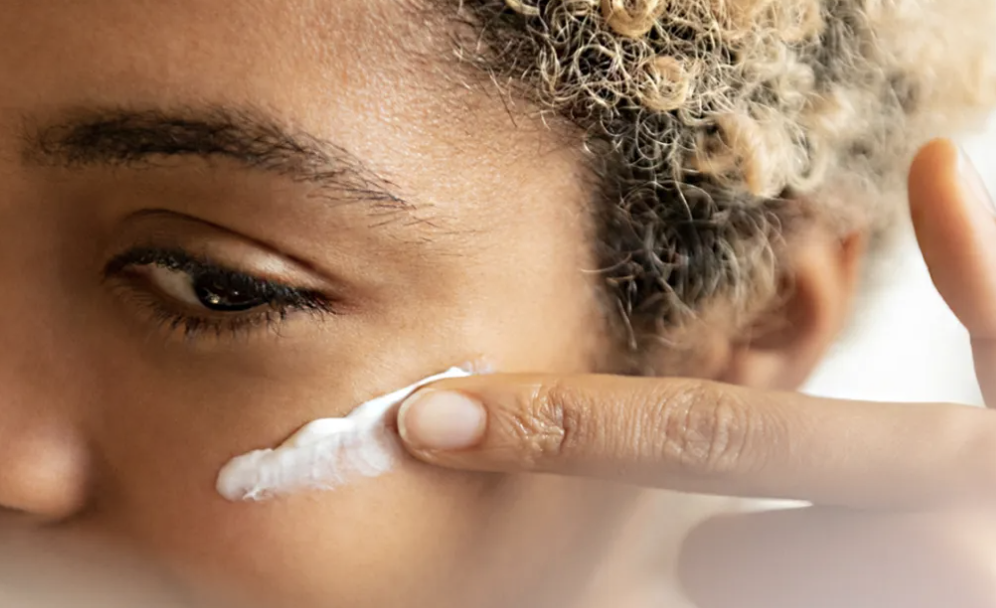Once we begin to get older, the skin starts to lose its sheen and become dull and fine lines start to appear. The production of collagen goes down, which makes the skin saggy. We all want to look youthful for as long as possible, and Toronto Facelift is just the procedure to help you do that. The procedure will refresh your look and make you feel more youthful from the outside and the inside. You must undergo the procedure at the hands of an experienced surgeon as they would operate successfully. Recovery plays a crucial role in achieving the results that you have been hoping for.
Post-operation instructions
After your surgery is done, the surgeon will provide you with a detailed list of post-operative instructions you need to follow after you are home. The list would also include a list of symptoms that could appear and what complications to look out for. The aftercare is something that would’ve been discussed with you before the surgery. But a written note would also be provided, which would help serve as a reminder for both you and the caregiver. The cotton packaging tightly around your face and head would feel uncomfortable, but don’t try to remove it. It can only be removed by the surgeon 1 to 2 days after the procedure. The head bandaged works as a protective layer around the suture lines.
After the procedure, you should only take sponge baths until the packaging is removed. Once it has been removed, make sure that your face is kept away from hot water while taking a shower. For the first 72 hours after the procedure, you would experience the most pain and discomfort, which would be tackled by providing you with pain medication to make you comfortable. A cold compress can be gently applied to your eyes. It may soothe the pressure. Make sure that you don’t use heat to any part of your face. During your recovery, you should avoid taking anti-inflammatory pills as they thin the blood and stimulate excess bleeding.
Recovery Process : 2 weeks and beyond
For the first two weeks after the procedure, you can expect bruising, swelling, and tightness over your entire face and neck. It is highly recommended that you take two weeks off your schedule and get enough rest. Keep your head elevated while you are sitting or sleeping, as it helps to reduce the swelling. It is highly recommended that you avoid bending or lifting to raise your blood pressure and swelling.
After the first two weeks, when you slowly start to get back to your regular schedule, you should avoid swimming or any athletic activity, at least for the first month. Keep your head elevated with the help of two pillows for several weeks. The face will continue to heal months after the procedure. It is common to experience numbness in your face for the first month. Protecting your face from sun exposure is a must.




